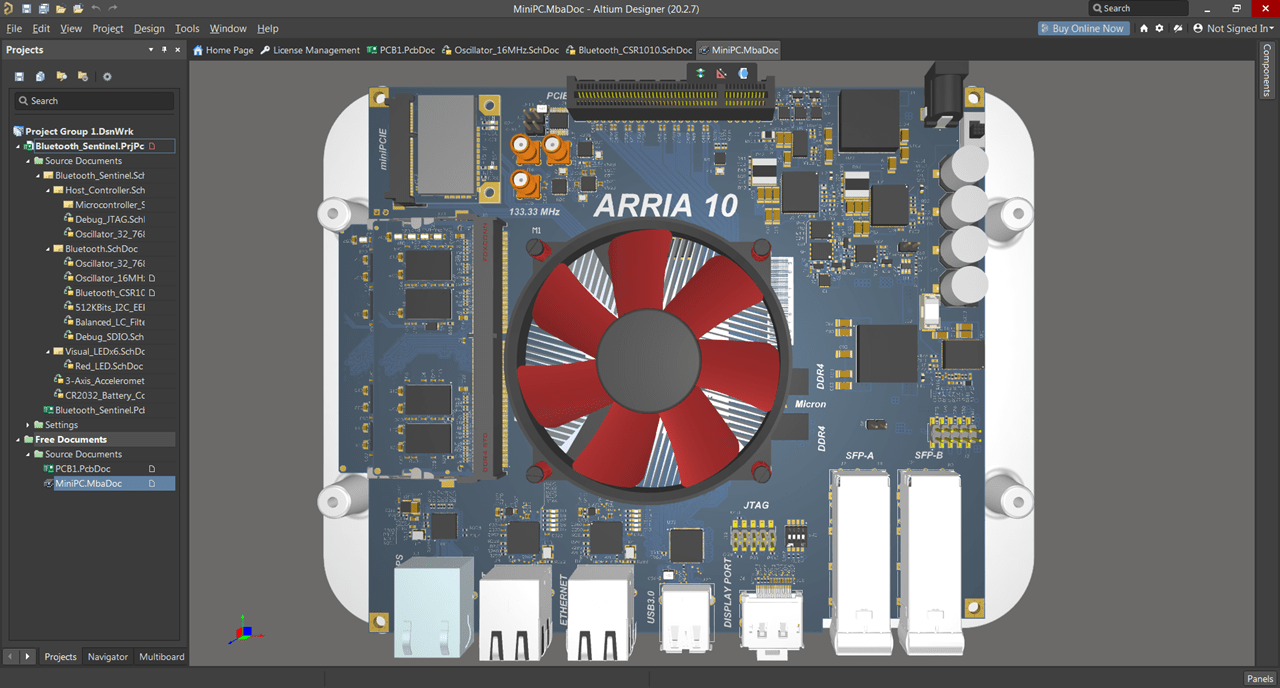
Lastly, the output voltage is sensed by the controller via a feedback network (RFB1 and RFB2) and compared to an internal reference. Without this, the stored energy would have no place to go. We need the rectifier diode D for the case that the switch is open and energy is stored in the inductor. The output network (inductor L in combination with Cout) can be seen as a low-pass filter to reduce the switching harmonics, as well as energy storage for when the switch is off. The longer the duration is that the switch is on for, the higher the output voltage relative to the input voltage. The controller shown below the switch controls the voltage applied to the gate via an appropriate gate driver, which - very simply put - opens and closes the switch. Keep in mind that there are variations on this basic topology. Shown above is the topology for a buck converter. This is the most commonly used switching regulator topology and its operation is surprisingly simple. Which, as the name implies, takes a DC voltage at its input, and scales it down to a lower voltage. The specific type of switching regulator we’ll look at is termed the buck converter (or step-down converter). If you would like to follow along in more detail, make sure to check out this video.

This article gives a very compressed outline of the steps involved. In the following articles, we’ll discuss other topologies (such as step-up), further component selection and sizing, as well as PCB layout and routing. In the first article of this series, we’ll see how to size components for the most common-of-all switching regulator – the buck converter.

Increased power handling capabilities, efficiency, stepping up voltages, scaling down voltages, and isolation, are just some of the many benefits that switching regulators can bring to your hardware designs. Furthermore, switching regulators are an incredibly useful tool and something every electronics engineer should have in their toolbox to be able to use. While linear regulators, such as LDOs, certainly have their place in many designs, as a design engineer in the 21st century, you are bound to have to deal with switching regulators at some point. Instead, you may have opted to use linear regulators in your design, due to their inherent simplicity. If you’ve never worked with switching converters before, let alone if you haven’t chosen switching converter components before, the whole affair can seem a bit overwhelming at first.Ī huge number of different switching ICs, many datasheets and application notes, compensation networks, long calculations, and more may have put you off. Part 1 – Buck Converter Component Sizing Overview


 0 kommentar(er)
0 kommentar(er)
